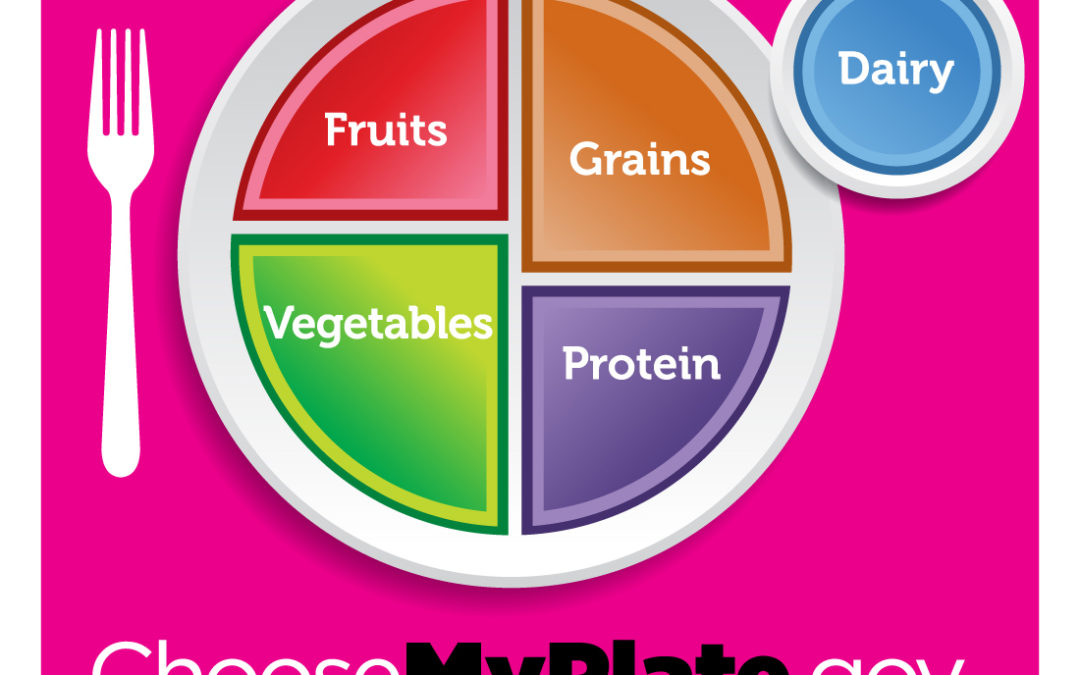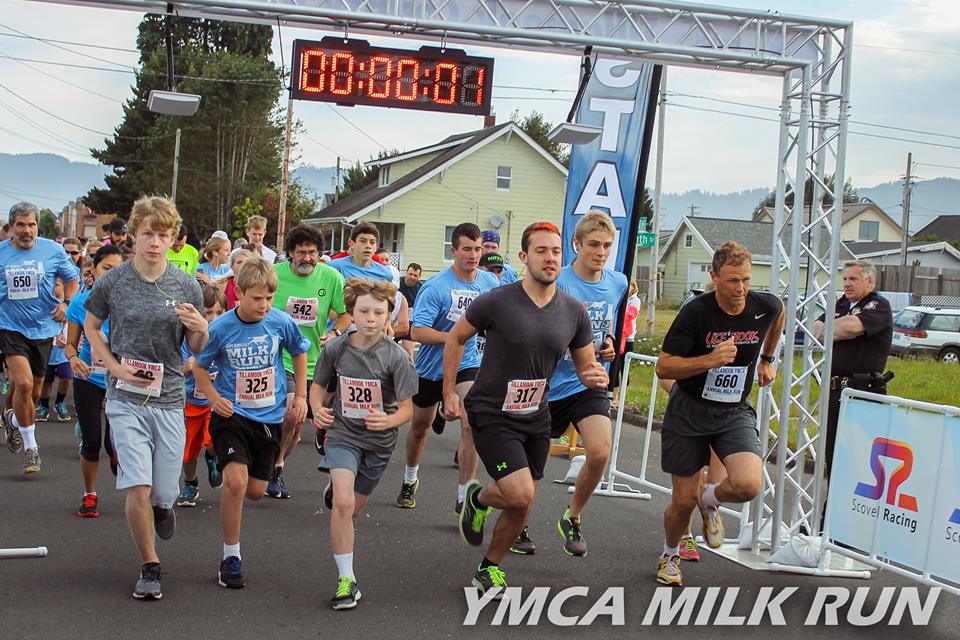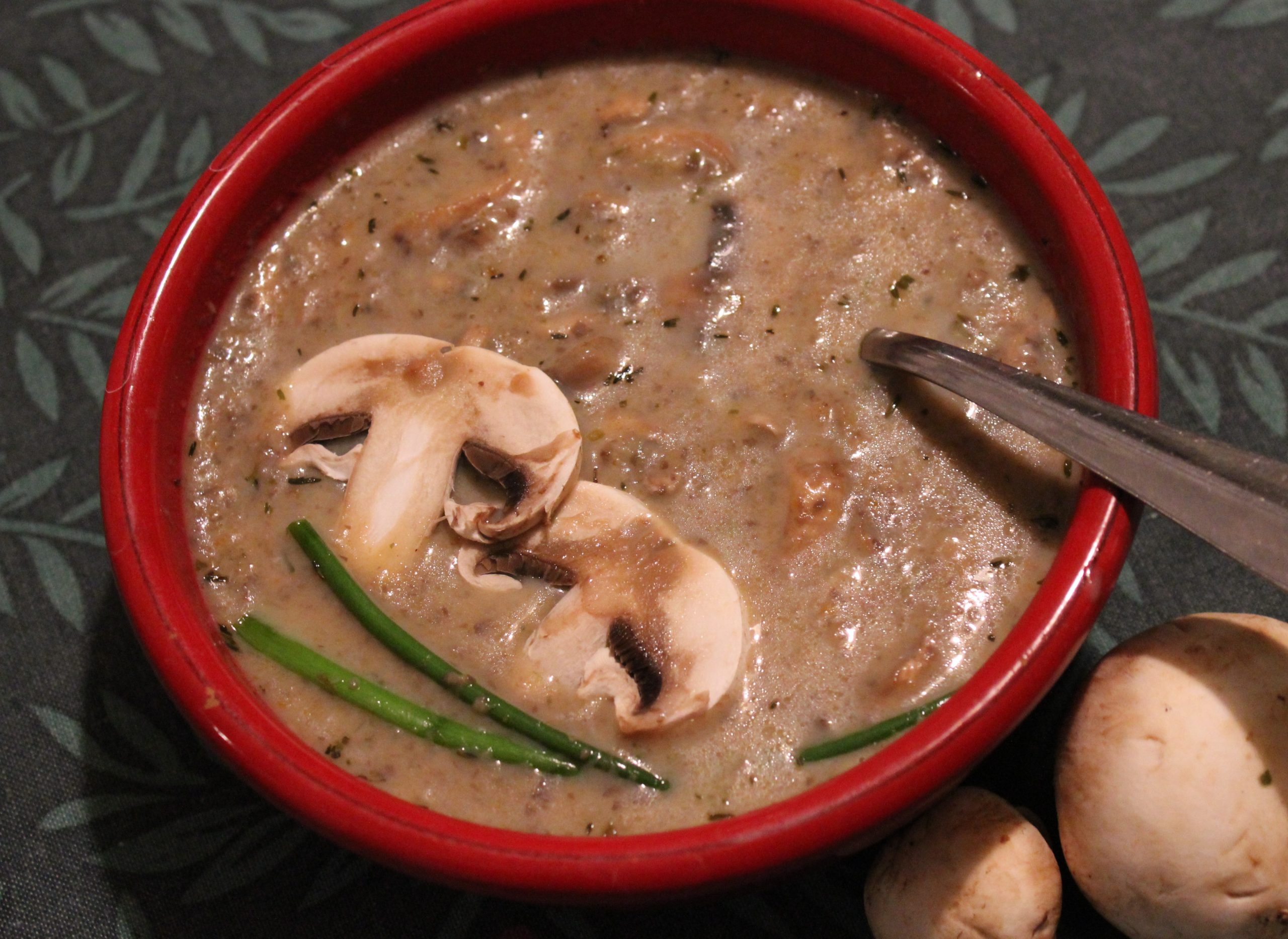
by Guest | Apr 5, 2017 | Move Well
By Liz Pate, OSU Dietetic Intern and Anne Goetze, RDN, LD, FAND
So, you’ve made your commitment to being more active for the Year of Wellness. Congratulations! Whether you are choosing to get moving to lose weight, train for an event, feel healthier, or for any other reason, to truly rake in the health benefits you can get from being active, fuel is key.
Eating healthy foods helps fuel your body so that it is ready to be physically active. Just like a car cannot run without gas, your body cannot run without fuel. If you have ever tried working out on an empty stomach, you may have experienced how much harder it can be to push yourself. With a solid fueling plan, you will have the physical and mental energy to work harder, burn more calories, and benefit even more.
Your fueling plan should include both what you eat and when you eat.
Use MyPlate as your guide for how much and what to eat. Try to have foods from each food group at each meal and choose foods and beverages that are lower in added sugars, sodium and fat. A good rule of thumb is to make half of your plate fruits and vegetables, half of your plate grains and protein, and include a serving of low fat or fat free dairy at each meal. To get even more bang for your buck, make at least half of your grains whole grains.
Protein helps build muscle, so it is very important to get enough. Choose these high-protein foods often: fish, chicken, eggs, beans, nuts, milk, cheese and yogurt. Most people eat most of their protein toward the end of the day. For your muscles, it is best to eat protein throughout the day, especially at breakfast. You can also use snacks as a way to fuel-up. Try yogurt, nuts, veggies and hummus, or apples and peanut butter for a tasty protein-filled snack.
In order to give your body the energy it needs, it is important to eat multiple meals during the day. When you skip meals, you leave your gas tanks empty. This can leave you both physically and mentally tired. When you are low on energy, exercising and just about everything else becomes more difficult. Eating three meals a day and snacking if you feel hungry is the best plan.
Practicing these healthy eating tips will help keep your body fueled up and ready to go in your commitment to be more active for the Year of Wellness.

by Guest | Apr 5, 2017 | Move Well
By Darcy Fugate, AFAA Certified Trainer
After many years teaching fitness classes and working individually with clients as a personal trainer, I have learned a thing or two about what helps people reach their fitness goals.
One of the reasons people seek the guidance of a personal trainer is because they have tried to make changes on their own and have not been successful. Often, a person will compare notes with a friend and wonder why they are having different results when they seem to be doing the same workout. These challenges are due to the fact that every body is different – literally. Not only do people’s physical fitness needs vary based on body type, age and heredity, but their personal values, past successes or failures and environmental factors also play a huge role in how likely they are to meet their fitness goals.
When I meet with a new client, I ask them the following questions:
- How old are you?
- When was the last time you worked out?
- How often do you work out?
- Do you strength train/lift weights? How often?
- Do you do cardio exercise and, if so, for how long and how many days per week?
- How high is your RPE (rate of perceived exertion) while doing cardio and for how long?
- What do you like best for cardio?
- What do you like least for cardio?
- How do you feel about your eating habits?
- Have you ever food journaled?
- What is your favorite time of day to work out?
- Have you ever smoked?
The answers to these questions become the foundation for a personalized training program. As we work together, we talk about what is and isn’t working and we make adjustments. The most important thing is that the plan reflects the individual values and goals of the person, that they enjoy their workouts and feel like they are in charge of their own health transformation.
A note about Rate of Perceived Exertion (RPE) & Weight Management
When we talk about RPE we are talking about how hard you feel like you are working out, especially as it relates to your breathing ability. The RPE has a scale of 0-10, with zero being no exertion and 10 being maximum exertion.
While exercising, ask how little or how hard you are exerting yourself? Do you feel like you can talk easily and are not winded at all? That would be an RPE scale of 1-3. Do you feel slightly winded and breathing a little heavier? Do you have to concentrate on breathing through a conversation? RPE 4-6. Do you feel like you are breathing so hard that you can’t hold a conversation at all? RPE 7-10.
To burn calories aerobically you will want to be at a RPE of 4-8 for about 30-40 minutes per workout about 3-4 days a week if your goal is to maintain your weight and endurance. If your goal is to lose weight and increase endurance you will want to be at an RPE 6-8 for 40-60 minutes per workout about 5-6 days per week. If 30 minutes of exercise seems overwhelming, start with a shorter bout and work your way up. The important thing is to be consistent and set realistic goals.
It is important to note that we should always gradually warm up and cool down when performing vigorous exercise. It takes the body about 3-5 minutes to divert blood flow from the digestive system and the brain to the working muscles. This process can feel unpleasant at first and is often a breaking point for people psychologically. By gradually warming up and building your rate of exertion slowly for the first 5 minutes, you will be more likely to sustain a longer workout at a higher RPE.
If you would like to learn more about personal training services in Tillamook County, visit the YMCA or NCRD.

by Guest | Apr 5, 2017 | Move Well
Recliner to Runner 5k workout plan
Here is a do-able plan that gradually increases activity to take someone that has little to no activity (aka – the recliner) to running (or walking) a 5K. These workouts are posted at the YMCA and at NCRD. Download and print out your copy – and you too could be participating in upcoming run/walk events. Set a goal and mark your calendar for the YMCA Milk Run – June 24th or the NCRD Manzanita Beach Run/Walk on July 22.
Talk to fitness trainers at the YMCA or NCRD for more information and guidance. You can do it – go from the recliner to running or walking a 5K.

by Guest | Jan 4, 2017 | Eat Well, Move Well, Recipes
by Jessica Linnell, PhD, and Anne Goetze, RDN
Eating well and moving well are themes for the Year of Wellness in 2017, so we want to share some tips for eating well and moving well. Whether you are a man or woman, young or old, strong bones are needed to have an active lifestyle. There are two important things you can do to build and maintain strong bones. The first is to get enough of the nutrients that support bone health, which are calcium and vitamin D.
How much calcium do you need every day?
- Children 1-3 years:700 mg
- Children 4-9 years: 1,000 mg
- Children 9-18 years: 1,300 mg
- Adults 19-70 years: 1,000 mg
- Adults 70 or older: 1,200 mg
What foods have calcium? One serving of milk (8 ounces of milk, 6 ounces of yogurt, or 1 ½ ounces of cheese) provides 310 mg of calcium. Other sources are vegetables like kale, bok choi and broccoli. Whole grains also have small amounts of calcium that can add up if you eat them often. Not all sources of calcium are considered equal because the calcium isn’t as available to our bodies in some foods as it is in dairy. To get the same amount of available calcium from one cup of milk, you need 1.1 cups soy beverage, 2 ½ cups broccoli, 1 cup of almonds, 1 ½ cups uncooked kale, 4 cups of pinto beans, or 8 cups of spinach.
How much calcium are you getting? Think about the foods that you eat every day and count the number of servings of dairy. If you aren’t eating three servings every day, consider these ideas to boost your calcium. Start your day strong by drinking a latte, having a yogurt parfait, or making oatmeal with milk. When you need a snack have yogurt, make a smoothie with milk, or a tortilla with cheese. At mealtime pour a glass of milk, add shredded cheese into salads or pasta. You can also make recipes that include milk, like the Year of Wellness recipe for Creamy Mushroom Soup.
Vitamin D is known as the sunshine vitamin because your body can make vitamin D naturally when exposed to sunlight but the amount varies based on where you live, how long you expose your skin to sunlight, the color of your skin, and your age. How much vitamin D you need every day?
- Children and adults ages 1-70 need 600 IU
- Adults odder than 70 need 800 IU
What foods have Vitamin D? It is found naturally only in a few foods including salmon (3 ounces has 580 IU), mackerel (3 ounces has 550 IU), chanterelle mushrooms (1 cup has 115 IU), and tuna (3 ounces has 70 IU). Vitamin D is also added to milk (100 IU per 8 ounces) and some other foods.
The second thing to do to support bone health is to be physically active. Children should engage in at least 60 minutes of activity every day and adults should do at least 150 minutes every week. In addition to building strong bones there are other benefits of a physically active lifestyle. If you are interested in learning more, please attend the Year of Wellness “Moving Well, Being Well” event. Dr. Kathy Gunter from Oregon State University will be talking about how physical activity can help prevent and manage chronic conditions. Join us on January 20th from Noon to 2 p.m. at the Department of Forestry at 5005 3rd St. in Tillamook. Seating is limited, so please register by calling Stacie Zuercher at 503-815-2062.
Year of Wellness Recipe: Creamy Mushroom Soup
Boost your calcium by enjoying a creamy mushroom soup that incorporates calcium-rich, low-fat milk. Consider replacing the white mushrooms with Pacific Golden Chanterelle, the Oregon state mushroom, which contain over 200 IU of vitamin D per cup.
Recipe adapted from the Dash Diet Eating Plan, and from the Mushroom Council (mushroominfo.com)
Serves 4
Ingredients:
1 tablespoon butter
1 cup diced carrots
1/2 cup thinly sliced green onions (scallions)
1 teaspoon minced garlic
1/4 teaspoon dried thyme or oregano leaves
1/4 teaspoon ground black pepper
1½ pounds white mushrooms, sliced (about 9 cups)
1 can (14½ ounces) low sodium vegetable broth
1 cup white wine or water
1½ cups low-fat milk
Preparation:
In a large saucepan over medium heat, melt butter. Add carrots, onions, garlic, thyme and pepper; cook, stirring often, until onions just begin to brown, about 5 minutes. Add mushrooms, broth, and wine or water; bring to a boil; cook for 1 minute. Using a slotted spoon, remove 1 cup of the vegetables; set aside.
In a blender or food processor place half of remaining soup from the saucepan; puree until smooth; remove to a bowl; repeat with remaining mixture; return entire pureed mixture to saucepan; stir in milk and reserved vegetables. Simmer just until heated through, about 5 minutes. If desired, garnish with thinly sliced green onion.
Nutrition Information:
Per serving: 156 calories, 7.5 g total fat, 4.5 g saturated fat, 15 g carbohydrates, 10 g protein, 3 g fiber, 340 mg sodium, 681 mg potassium, 40 mg calcium.
Note: if using chanterelle mushrooms, each serving contains 257 IU vitamin D




